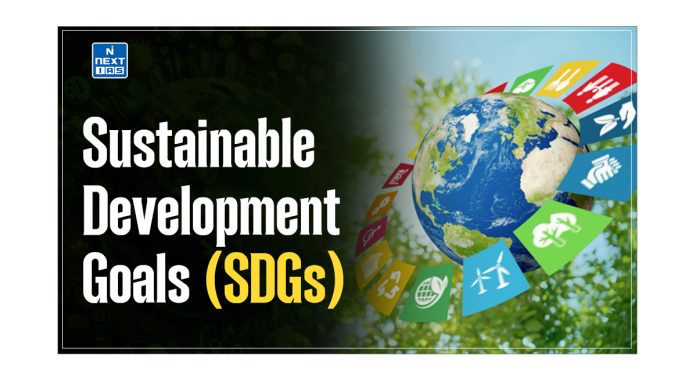The Production Linked Incentive (PLI) scheme was launched in March 2020 to boost Indian manufacturing. It offers incentives to eligible firms on incremental sales for five years as part of the Make in India initiative. The scheme aims to reduce India’s dependence on foreign countries like China and increase employment in labor-intensive sectors.
It encourages both foreign and domestic companies to set up or expand their production units in India. The PLI scheme targets foreign investments in cutting-edge technology, boosts exports, and integrates India into the global supply chain. Interested entrepreneurs must meet specific eligibility criteria to apply for PLI benefits.
Objectives of the Production Linked Incentive (PLI) Scheme
- The main objectives of the PLI scheme are to comply with World Trade Organisation obligations and promote fair treatment for domestic sales and exports.
- It aims to attract foreign investments in advanced technology and core sectors, boost exports, and contribute to economic growth.
- The PLI scheme offers various benefits, including concessions on import and export duties, tax rebates, affordable land acquisition, and support for anchor investors managing new projects.
- The scheme encourages sustainable development and investments in labor-intensive sectors, making it an effective and accessible program.
Benefits of Production Linked Incentive (PLI) Schemes
The Benefits of PLI schemes include:
Supporting Key Sectors: PLI schemes target specific industries that are crucial for economic growth, technological advancement, and strategic importance.
Improving Export Competitiveness: The scheme encourages export-oriented production, leading to increased competitiveness in the international market and boosting India’s exports.
Promoting Innovation and Technology: To be eligible for incentives, companies need to adopt advanced technology and practices, driving innovation and efficiency improvements.
Strengthening Industrial Infrastructure: The scheme supports the development of industrial infrastructure, making it easier for companies to establish or expand their manufacturing units.
Accelerating Economic Growth: By promoting domestic manufacturing, creating jobs, attracting investment, and boosting exports, the PLI scheme contributes to overall economic growth and development in the country.
Boosting Manufacturing: PLI schemes encourage domestic manufacturing by providing incentives based on incremental sales. This helps promote the production of goods within the country.
Reducing Dependence on Imports: By supporting domestic production, the PLI scheme aims to reduce India’s dependence on imports from other countries, improving self-reliance and reducing trade deficits.
Creating Employment Opportunities: The scheme focuses on labor-intensive sectors, leading to increased job opportunities and reduced unemployment rates in the country.
Attracting Foreign Investment: PLI schemes attract foreign companies to set up their manufacturing units in India by offering incentives, promoting technology transfer, and increasing foreign direct investment.
Integration into Global Supply Chains: By attracting foreign companies and encouraging domestic production, the scheme helps integrate India into the global supply chain, making it a more attractive destination for trade and investment.
Issues Faced in the Production Linked Incentive (PLI) Scheme
Some of the potential problems faced in the Production Linked Incentive (PLI) scheme in India are as follows:
- Competition and Market Dynamics: Increased competition among eligible companies could lead to potential price wars or market distortions.
- Compliance and Reporting Burden: Companies participating in the PLI scheme have faced additional administrative burdens to comply with reporting and documentation requirements.
- Sectoral Imbalance: There might be disparities in the benefits received by different sectors, leading to potential imbalances in the economy.
- Impact on Existing Investments: The PLI scheme may divert investments from existing projects or sectors that do not fall under the scheme, affecting their growth prospects.
- Delays in Implementation: The implementation of the PLI scheme for different sectors might face delays due to bureaucratic processes, administrative challenges, or policy changes.
- Eligibility Criteria: The eligibility criteria set by the government for participation in the scheme might be perceived as too stringent or restrictive for some companies, hindering their ability to participate.
- Funding Constraints: Adequate funding and timely disbursement of incentives to eligible companies can be challenging, impacting the scheme’s effectiveness.
Conclusion
The production Linked Incentive (PLI) scheme has been an instrumental initiative to boost domestic manufacturing, reduce dependency on imports, and stimulate economic growth. Additionally, the PLI scheme has contributed to India’s integration into the global supply chain and improved export competitiveness.
However, the scheme has faced challenges, including delays in implementation, stringent eligibility criteria, and funding constraints. To maximize the benefits of the PLI scheme, ongoing efforts to address these issues are crucial.




